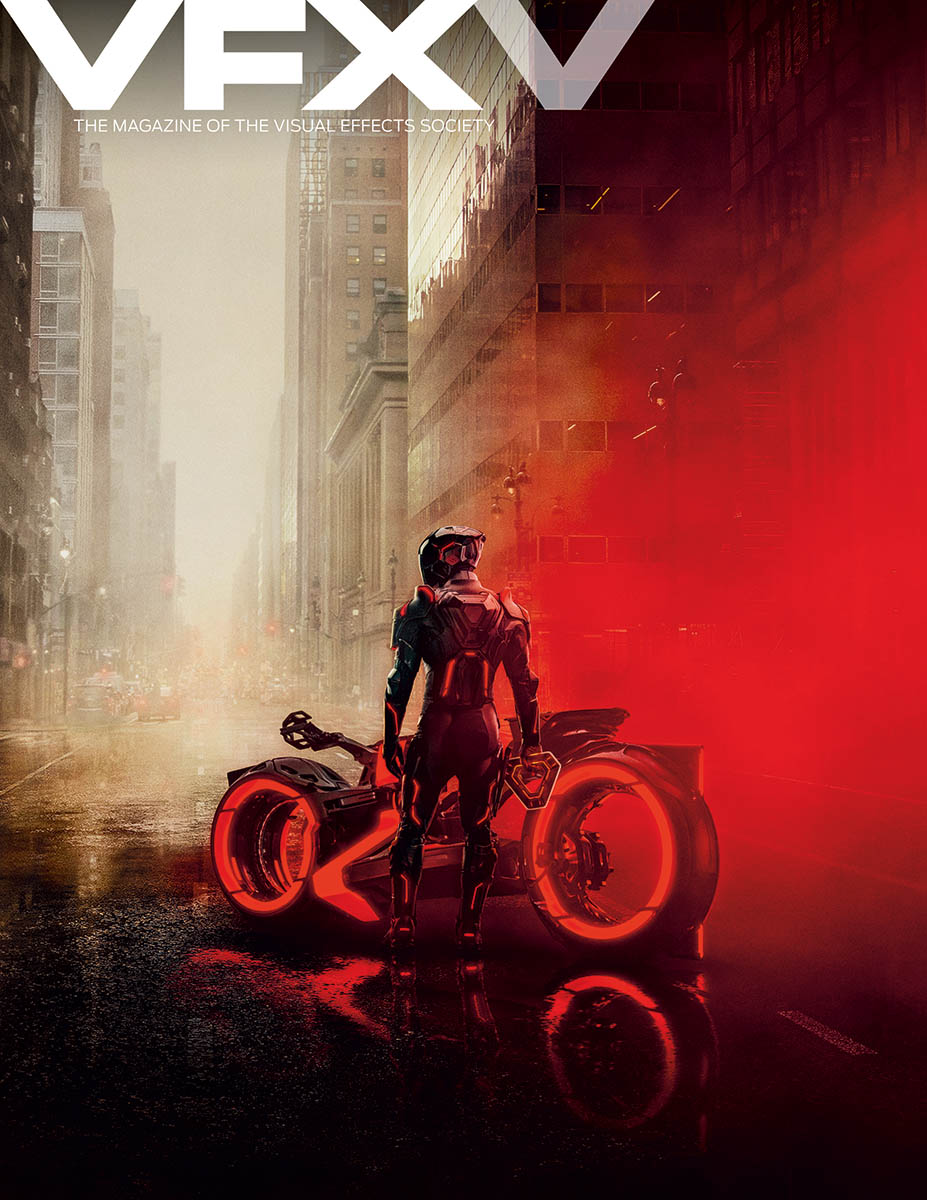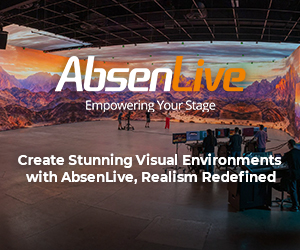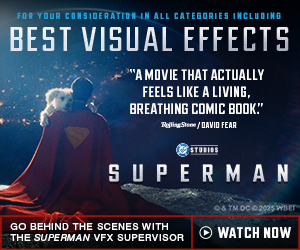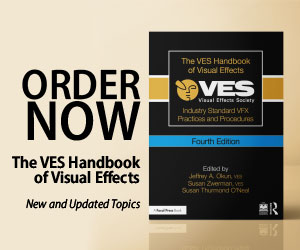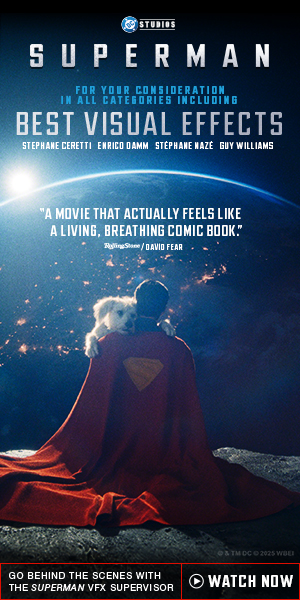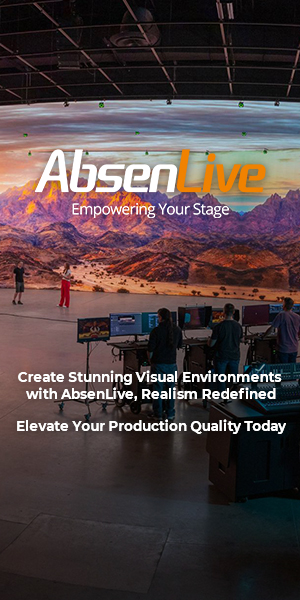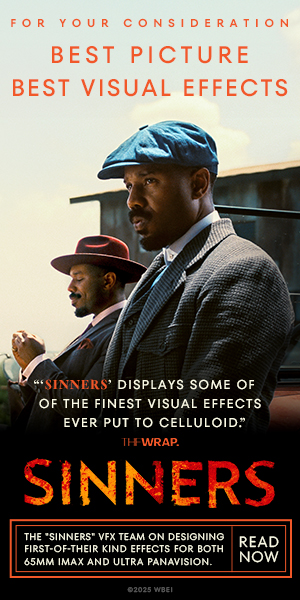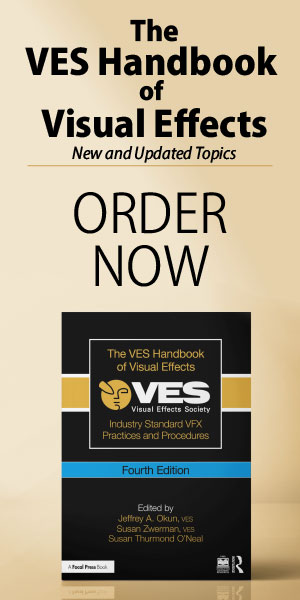
A final result, including Jupiter’s distinctive red spot.
It’s now 50 years since the release of Stanley Kubrick’s landmark sci-fi classic 2001: A Space Odyssey, which represented several landmark achievements in visual effects. One of those achievements includes the methods that Special Photographic Effects Supervisor Douglas Trumbull, VES – one of four credited on the 1968 film – devised to realize shots of the planet Jupiter.

